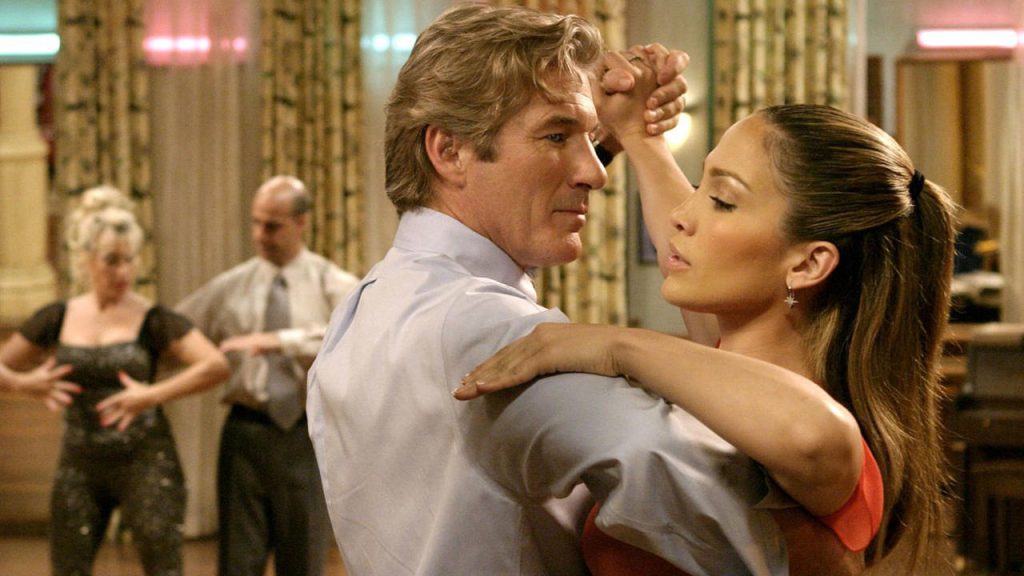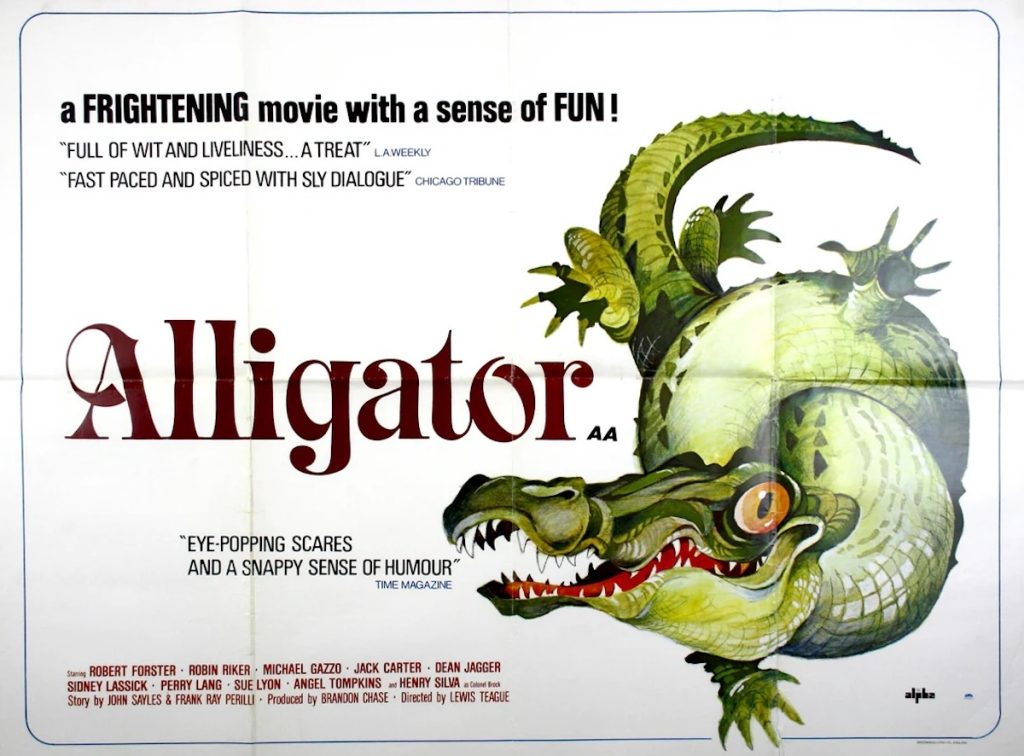“I remember the poster for the film had a big banner across a picture of Michael Caine that said ‘DIE YUPPIE SCUM!,” recalled director Jan Egleson in a 2004 DVD featurette, “and I thought that was pretty cool.” Beneath the declaration of war was printed what has become the film’s defining image – Caine peering through split blinds with a gaze like a sniper’s gunbarrel.
It’s a hat on a hat for the one-time acting teacher who famously challenged aspirants to never blink – Michael Caine’s eyes are always half-drawn. His lower lids shape a dam of intention; until floodwaters breach, whatever’s behind them is his to know and yours to find out. It could be as benevolent as fatherly patience, simple as caddish seduction, dangerous as wounded pride, or, as in the poster, serrated as murderous intent. But that’s selling the actual film short because he forcibly retires yuppies with all of the above behind his charming defenses at one point or another.
At first introduction, middle-aged lieutenant of industry Graham Marshall hides disdain and only just. His once-upon-a-time trophy wife spends more of his money on her Stairmaster than he does on the mortgage. Her mother won’t leave them alone. His twin dogs are closer genetic cousins to hedges than wolves. Every morning on his way to catch a New York City commuter train, he wonders the same thing: “If a sorcerer’s house isn’t his castle, what is it?”
It’s a telling choice; in this realm of non-plastic masters of the universe, Graham doesn’t consider himself a conqueror at all. Even from childhood, his father taught him prosperity was next to godliness: “Son, there is no heaven; this is as close as you’ll get.” To Caine’s generation, that meant a steady climb to an assured height, not by brute force, but accrued wisdom. His imminent promotion is such a given that yuppie coworkers kiss his magic ring in advance, with Peter Riegert’s Bob Benham even throwing some tongue in there: “We are the young, the proud. We shouldn’t be ashamed of success. We should say, ‘Yes, I have a boat. Yes, I have a country home. I have a girlfriend named Tara.’” Graham humbly admits he has none of those things and the younger men pretend that’s all they really want anyway. But within the hour, he doesn’t even have the promotion, either.
The titular shock in Shock to the System, a badly wired bulb that sends Graham hurtling across his basement, is just an excuse. The real shock comes after Bob takes his job and whatever’s left of his future. Waiting on the first of two subway platforms between him and home, the disgraced executive shoves away a homeless beggar, accidentally knocking him into the path of an arriving train.

As originally scripted, Graham and Graham alone would get a good look at the sloppy-joed remains on the other side. But a lucky scouting trip with the right transit cop gave Egleson a rewrite and epiphany. “’When a guy gets hit by a train, y’know, there’s nothing left down there,’” he told the director, “I mean he’s 300 feet down the track.’” And so Graham sees nothing, confirming with some disbelief what he’s always joked about – at last, the sorcerer has found his magic.
A Shock to the System opened a year before Bret Easton Ellis published American Psycho and its source novel beat his entire writing career back in 1984. The similarities are obvious – including a beloved character actor providing the seven-point thorn in our killer’s side, here represented by Will Patton doing his best Columbo – but the difference is in the spirit of its murders and executions. The closest associate of Patrick Bateman’s Reaganomic zombie is Riegert’s blasé death mask, career-best defense from a hall-of-famer in nonchalance, and instead of gasping at the depths of his inhuman depravity, we simply cheer at Michael Caine blowing his new boss to smithereens and eulogizing him with a “Bibbidi-Bob-bidi-Boo.”
The deck may be stacked in Graham’s favor for the rest of his body count – his wife responds to the lost promotion by first admitting it meant more to her than he does, then tending to the wound with “I forgive you for failing” – but the pleasure is all Caine’s. He wages entire wars in the ritualistic lighting of cigars, measuring each as another yard won or the next count for the firing squad. Every Cockney-raw shout achieves subliminal quotability; you can already hear him yelling, “I’ve never understood why you need a stair machine when we have stairs!” Michael Caine had such a ball, in fact, that he spoiled two endings, what was originally written as his death and eventually shot as his arrest. Test audiences hated seeing him face justice, so Egleson cobbled together a new conclusion from existing scenes, stock footage of a Cessna, and a bow tied personally by the star: “I think the audience is so with me there that if you just get a little close-up of me, just maybe a little grin at the end there, you’ll really sell it.”
He was right, but the audiences did not show up to buy. “It was the sort of film, were it made today, that would be great as a film for HBO,” Caine correctly lamented to Venice Magazine in 2002. For Egleson, already a celebrated fixture of Boston independent cinema, it would be his first and last studio experience. A Shock to the System deserved better, but it committed the one Wall Street sin worse than murder, as demonstrated by the only scene where men in suits can’t make eye contact: “Did somebody die or lose money or something?”
“A Shock to the System” is streaming on Peacock, Kanopy, and several ad-based services. It’s also available on Blu-ray from Shout Selects.



